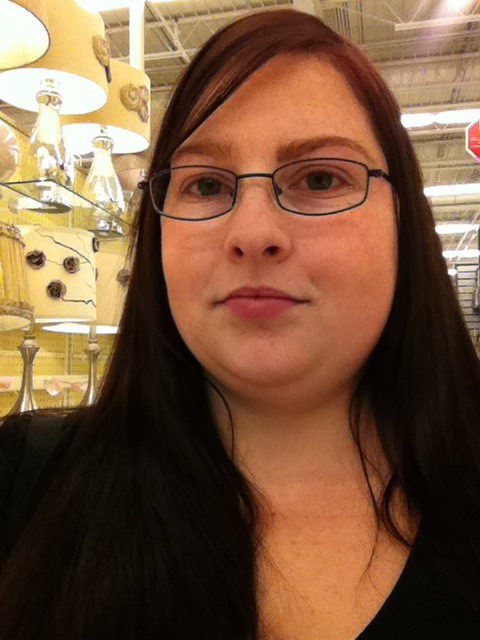Marjory Sheehy
In 1999, Marjory Sheehy’s fifteen-month-old daughter was diagnosed with Stage 4 Neuroblastoma. “It was 9-9-99,” Marjory explains. “Some people said the world would end that day. It didn’t, but ours as we knew it did.”
The road ahead was a rough one for the Sheehy family. Marjory’s daughter, Mariah, was given a 10% chance of survival and placed on an aggressive 21 day chemotherapy cycle. She would receive chemo for three days, spend four to five in the hospital, and after 21 days, start chemo again.
“Mariah doesn’t remember any of it. That’s a good thing,” says Marjory, “but it will affect her all her life.”
In the process of treating the cancer, Mariah lost vision in her right eye and suffered partial hearing loss in her right ear. Also, the effects of radiating one leg (which suffered an aneurism) created a bone length discrepancy between the two legs.
Still, Mariah has lived a fulfilling life despite her medical setbacks. Marjory believes part of this is due to the support of her community in Big Sandy.
“It was very difficult when Mariah was going through treatment but we had a tremendous support system,” says Marjory. “The greeter at the children’s hospital in Seattle would bring her mail and say, ‘This kid gets more mail than everyone combined!’ She got hundreds of cards and people from all over were praying for her. I could truly feel the presence of that prayer.”
Although the late term effects of Mariah’s cancer still cause interruption in her life, she tries to remain positive. Currently, she is enrolled as a freshman at MSU Bozeman, studying music technology. “She’s worked really hard and she’s more accepting because of the kindness others have shown us,” says Marjory. “It’s been an amazing, momentous experience. One that I would not wish upon anyone.”

Megan Brown
Megan Brown was only nine-years-old when she was diagnosed with rhabdomyosarcoma, a rare type of malignant tumor that forms in muscle tissue. The tumor was discovered behind her right eye and she had to undergo several rounds of chemo and radiation to stop the cancer from spreading. Her diagnosis was in 1997. She did not get back to school until 1998.
“It was way tougher for my parents than it was for me,” says Megan. “I knew it wasn’t normal but when you’re nine, you roll with the punches.”
Megan’s community of Big Sandy helped make her time away a little easier on the whole family. Neighbors looked after her siblings while she visited hospitals with her parents. The town held fundraisers to help with medical expenses. Family, friends, and children from every grade at school sent cards and messages of encouragement.
“At nine you don’t think about it,” says Megan. “Now it’s overwhelming to think about. I tear up.”
The love of Megan’s community left an impression on her, and so did her nurses.
“The nurses I had at the Mayo Clinic and at Saint Vincent’s in Billings were great,” she explains. “They were personable and seemed like they were really there for me – maybe the kind of people I saw myself wanting to be.”
Megan’s childhood experiences propelled her into the medical field later on in life. Like her nurses at Saint Vincent’s, Megan went on to graduate from MSU and today she is a medical assistant working at a rural clinic in Wilsall. There, she uses her skills to take vitals, draw blood, perform tests, and treat patients as thinking, feeling individuals… just as those who saved her life treated her.


